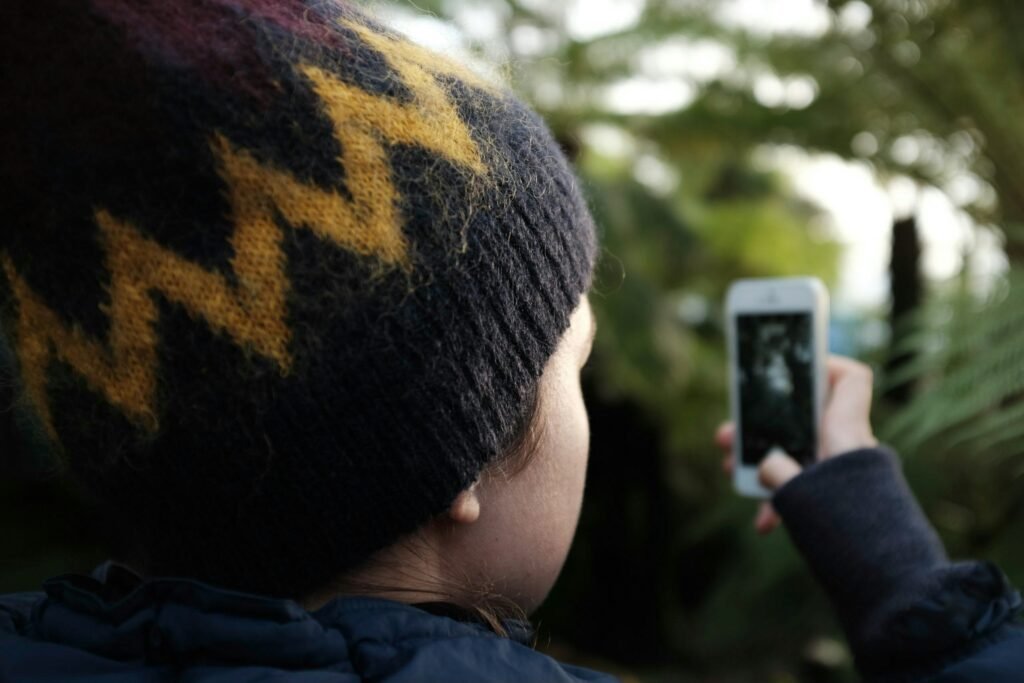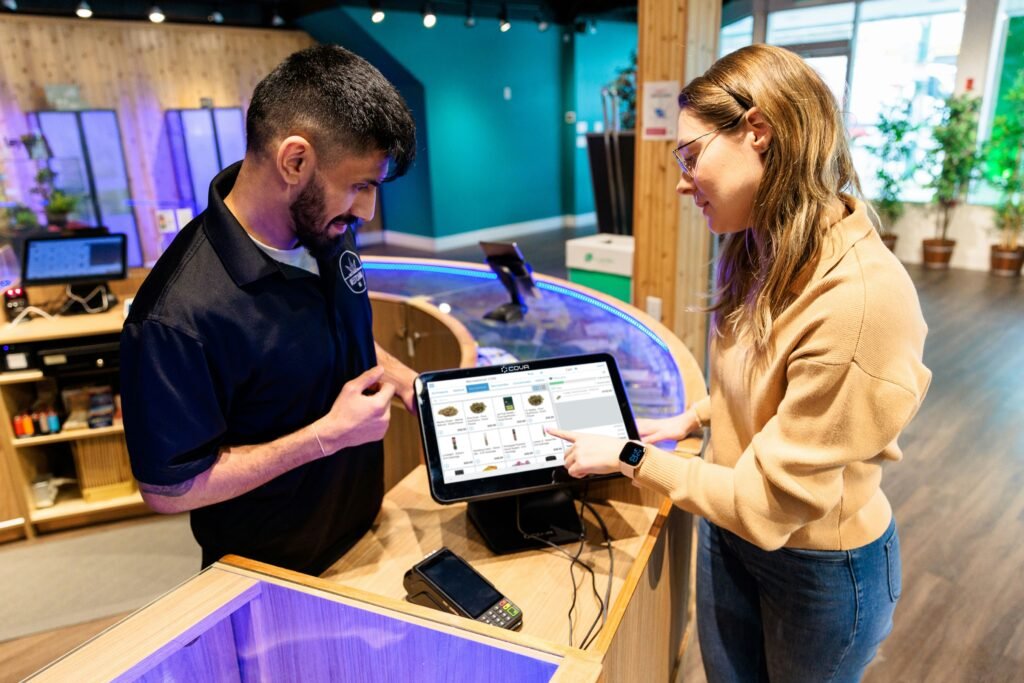Snap a photo of yourself.
Upload their ID.
Enroll in facial recognition scans.
All just to demonstrate their maturity and eligibility to be present. Is it too much to ask? This is precisely what is being tested at the moment as governments and tech giants engage in a conflict over the implementation of mandatory age verification on social media platforms.
How this affects everyone:
According to the 2024 child online safety report, 45% of underage kids have already bypassed age restrictions
1 in 3 parents are unaware of the age checks that exist (if any) on the platforms their children use
New laws could potentially require biometric scans to access platforms like Instagram or Snapchat
The central inquiry: are we safeguarding youngsters.. Or creating a surveillance nightmare?.
In this no-fluff guide, we’ll break down:
✅ How age verification works today (it’s not just birth dates)
We will not tolerate any method that does not include line breaks, regardless of the method being used
There have been shocking cases where the absence of line breaks led to dangerous consequences
✅ What parents can do right now to ensure their safety
✅ The future of anonymous internet access depends on it

How age verification systems function in the present day (Spoiler alert: they don’t).
The “integrity” fiasco.
Current technique on most platforms:
Check box: “i’m over 13”.
No evidence needed.
10-year-olds on TikTok live.
Astonishing statistic: a recent study revealed that 60% of children between the ages of 8 and 12 have created social media accounts (Journal of Pediatrics, 2024).
The 3 novel validation techniques eliciting indignation.
1: Government uploads.
How it works:
Passengers verify identity by examining government-issued identification documents.
Platforms cross-check with databases.
Cons::
✔ actually prevents underage sign-ups
Pros::
❌ data breach risks (imagine tiktok hacked with millions of ids)
❌ excludes undocumented kids
❌ reveals real names/locations to strangers
In a real-life scenario, a dating app’s verification system was compromised, resulting in the exposure of 20,000 user identities to hackers.
2: Estimation of facial age.
How it works:
AI predicts age from selfies.
No id needed.
Cons::
✔ more private than id scans
Pros::
❌ 30% error rate in studies (blocks some adults, approves some kids)
❌ Racial bias issues – darker skin tones tend to receive more false results
It’s a creepy fact that certain systems can analyze facial micro-expressions to identify when someone is lying.
3: Credit card fraud detection.
How it works:
A $1 charge will be applied to verify your age
Returned promptly.
Cons::
No biometric data is saved.
Pros::
❌ excludes low-income teenagers
❌ still easy to cheat (use parents’ cards)
- Economic stagnation
1: The issue of children growing up without a traditional family structure.
Foster children and runaway individuals are unable to obtain verification without the consent of their legal guardians, severing their access to crucial support systems.
2: Meme accounts disappearing.
Fan pages and parody accounts that are not associated with a specific individual cannot be created under strict identity rules.
3: Sexual predators adjusting.
Initial experiments demonstrated that adults impersonating teenagers were able to establish trust.
4: The contradiction between people’s privacy preferences and their online behavior.
In an effort to safeguard children, we may unknowingly provide platforms with our most personal information—a treasure trove for predators.
What parents can do today (before laws change).
1: Assume your child has accounts.
According to a recent study by Pew Research, 67% of teenagers maintain hidden online profiles that their parents are unaware of.
2: Test these other instruments.
Google Play Family Link (age-based app restriction).
Apple screen time (time restrictions without ID verification).
Bark warnings (flags hazardous material).
3: Discuss “the talk” about..
Unauthentic accounts they may come across.
Why they crave social media (fear of missing out vs genuine needs).
What information are they providing?
The future: 3 potential outcomes.
1: The “online ID” existence (2026+).
Implemented digital identification for all web-based engagements.
No anonymity anywhere.
2: The illicit trade network.
Fakescope: Secure Social Media Accounts from Fraudsters.
3: A partitioned web.
Underground applications where anything is permissible.
Where major platforms stand right now.
Platform current method planned modifications.
TikTok date of birth only testing facial scans in uk.
Instagram self-reported age parental consent needed for under 16s.
Youtube credit card verification ai voice examination experiments.
Roblox id uploads expanding to all us users.
Your Future Actions
For parents:
Download our free “social media readiness” checklist.
See our video on teaching kids about age verification.
Register for our webinar on parent safety.
For worried users:
Advocate for the protection of online liberties.
Reach out to legislators regarding privacy issues.
Essential external links:
Laws to protect children from online dangers by state.
How to Protect Your Child’s Credit by Freezing It.

Alternatives to mainstream social media.
Internal resources:
Our complete manual for managing parental controls.
Teenagers’ Social Media Usage Survey Results.
How cybercriminals take advantage of age verification systems.
